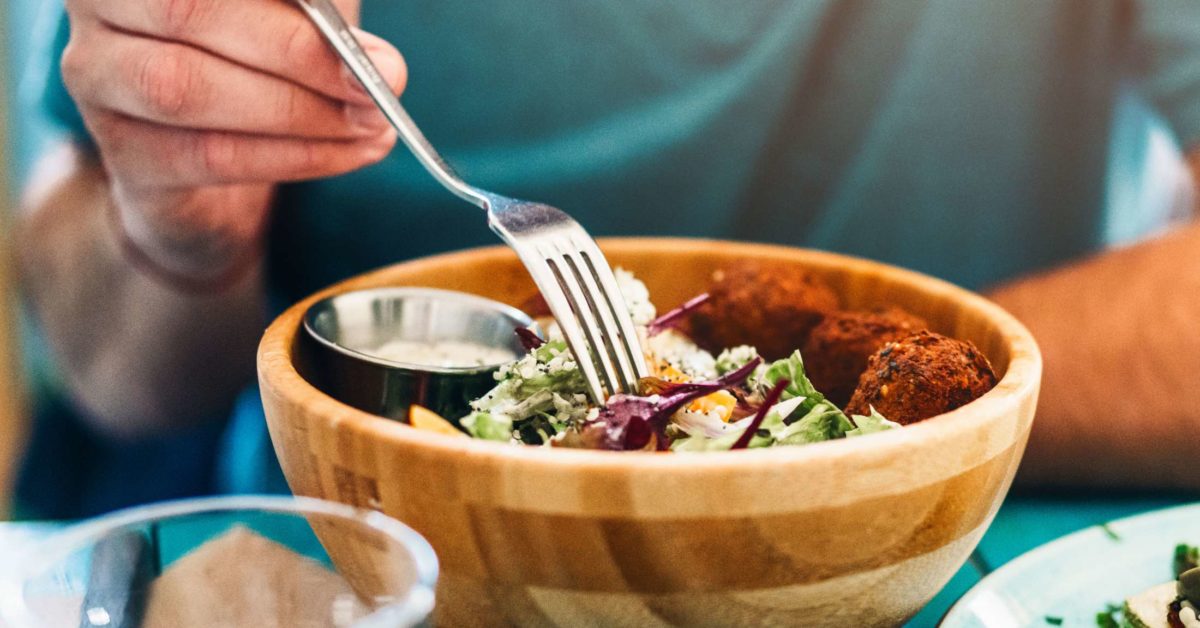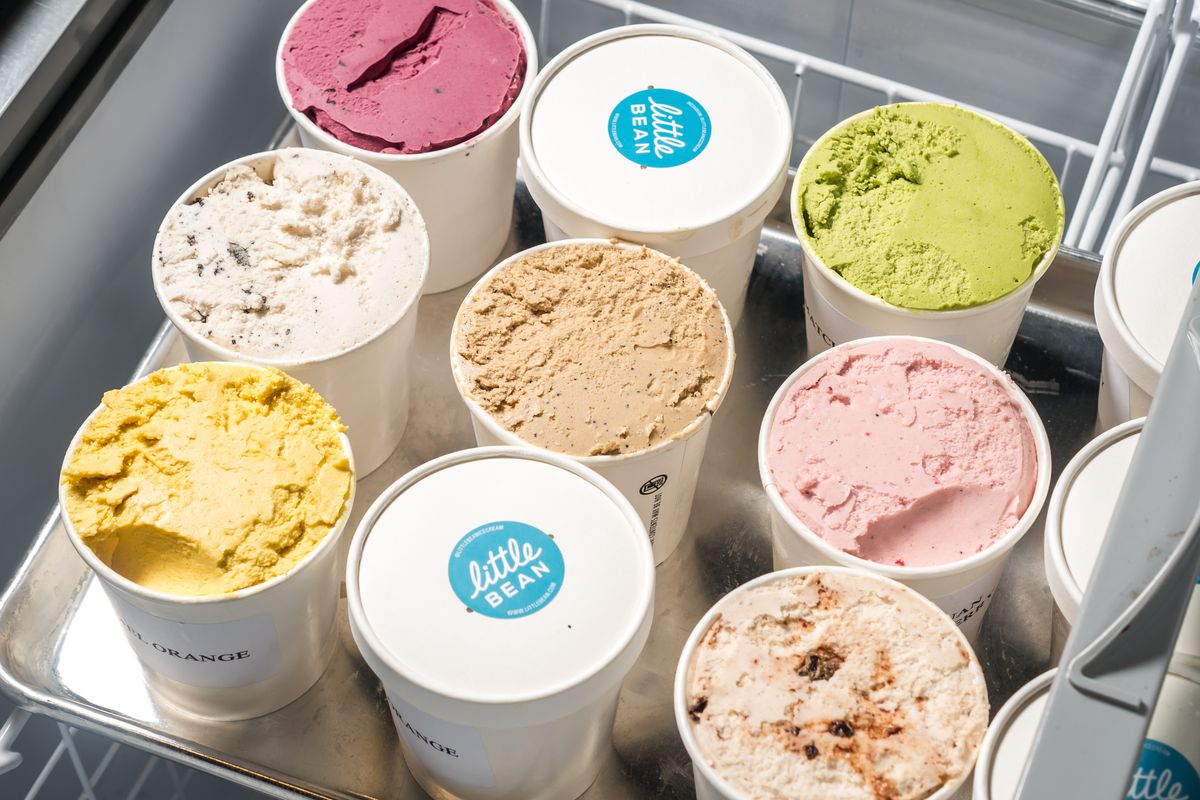
You can create a vegan meal planning to ensure that you are getting all the nutrients you need. This type of diet is great for the environment as it lowers the chance of getting diabetes or heart disease. You can organize your meals according to your dietary needs or your budget. This can be made easier by a variety of vegan meal planning apps.
The best vegan meal plan apps can also assist you in grocery shopping. Many apps will show you what items you need for specific recipes. This can save you money by not buying unnecessary items. Some apps can link you with grocery delivery services. You can also schedule your groceries for delivery to your home. This will save you time, and it will eliminate the need to wander aimlessly around the grocery store.
There are many apps available that can help you plan your vegan meals. Some of these apps are connected to Forks over Knives. The free meal planner apps include menus, recipes and a grocery list. The paid versions allow users to add their own recipes.

PlateJoy offers a complete meal planning service. It can help you plan all your meals for the week. The service allows you to input your ingredients and preferences, and will suggest healthy recipes that make use of what you have. You also have a 10-day complimentary trial. You can also download weekly meal plans from them by email. A 6-month plan costs just over $90,00.
Meal planners can be a time-saver for those who don't want to cook or have the time. Many meal planning apps also have grocery delivery options, which allows you to get groceries delivered straight to your home. You will be able to see exactly what you have, and what you need. You can also use it to avoid wasting food.
It can be intimidating to create a meal plan for vegans. It's always a good idea have a backup plan. This can include making multiple versions of a particular recipe or having a prepared pantry-based recipe available for you when you need it. You can create a weekly vegan meal plan using the recipe list in the vegan meal planner.
The Vegan Meal Planner features many features that aren't available in other meal plan apps. You can create a weekly meal plan and a shopping list. There is also a help section. It includes Tips & tricks and you can request a personalized coach to provide advice and suggestions.

Other features of the Vegan Meal Planner include: Register to get a free weekly meal planning, a sample vegan meal plan, and technical support.
FAQ
What is the difference among a virus or bacterium and what are their differences?
A virus, a microscopic organism that can not reproduce outside of its host cells, is called a virus. A bacterium is a single-celled organism that reproduces by splitting itself in two. Viruses measure only 20 nanometers in diameter, but bacteria is up to 1 millimeter in size.
Viruses are spread via contact with infected bodily liquids such as urine, saliva, semen and vaginal secretions. Bacteria is usually spread directly from surfaces or objects contaminated with bacteria.
Viruses can get into our bodies through cuts and scrapes on the skin, bites or other injuries. They can also enter the body through the nose and mouth, eyes, ears or rectum.
Bacteria may enter our bodies through cuts and scrapes on our skin, burns, insect bites, and other wounds. They can also get into our bodies via food, water or soil.
Both bacteria and viruses cause illness. Viruses cannot multiply in their host cells. They can only infect living cells and cause illness.
Bacteria can cause illness by multiplying in the body. They can even invade other parts of the body. To kill them, we must use antibiotics.
What is the difference between calories and kilocalories?
Calories refer to units that are used for measuring the amount of energy contained in food. The unit of measurement is called a calorie. One calorie contains the energy needed to raise the temperature of one gram of water by one degree Celsius.
Kilocalories are another way to describe calories. Kilocalories equal one thousandth of an calorie. 1000 calories is one kilocalorie.
Which diet is best for me?
Your lifestyle and individual needs will determine the best diet for your body. It's also important to consider how much energy your exercise consumes, whether you prefer low-calorie meals, and if fruits and veggies are something you enjoy.
Intermittent fasting is a good option if you're trying to lose weight. Intermittent Fasting means that you eat only one meal per day and not three. This may be a better option than traditional diets with daily calorie counts.
Some studies have suggested that intermittent fasting might improve insulin sensitivity. It may also reduce inflammation. This can lead to a reduction in blood sugar levels, and less risk of developing type 2 diabetes. Some research also suggests that intermittent fasting might promote fat loss, and improve overall body composition.
What weight should I be based on my age and height. BMI calculator and chart
A body mass index calculator (BMI) is the best way to find out how much weight you should lose. Healthy BMI ranges between 18.5 to 24.9. Weight loss is possible if you aim to lose approximately 10 pounds per week. Enter your height and weight to calculate your BMI.
Check out this BMI chart to determine if you are overweight or obese.
How do you measure body fat?
A Body Fat Analyzer (BFA) is the best method to measure bodyfat. These devices are used to measure the percentage of bodyfat in people who desire to lose weight.
How can you live a healthy life?
What are 5 ways to live a healthy lifestyle?
Living a healthy lifestyle involves eating right and exercising regularly. Eating well means avoiding processed foods, sugar, and unhealthy fats. Exercise can help you burn calories and strengthen your muscles. Sleeping enough can improve memory and concentration. Management of stress can help reduce anxiety levels and depression. Fun is key to staying young and vibrant.
Why should we have a healthy lifestyle to begin with?
Living a healthy lifestyle can help you live longer and more happy lives. A healthy diet, regular exercise, good sleep habits, and stress management will help prevent diseases like heart disease, diabetes, cancer, and stroke.
Healthy lifestyles will help us to cope with daily stresses better and improve our mental health. A healthy lifestyle will help you feel more confident and younger.
Statistics
- WHO recommends reducing saturated fats to less than 10% of total energy intake; reducing trans-fats to less than 1% of total energy intake; and replacing both saturated fats and trans-fats to unsaturated fats. (who.int)
- nutrients.[17]X Research sourceWhole grains to try include: 100% whole wheat pasta and bread, brown rice, whole grain oats, farro, millet, quinoa, and barley. (wikihow.com)
- WHO recommends consuming less than 5% of total energy intake for additional health benefits. (who.int)
- Extra virgin olive oil may benefit heart health, as people who consume it have a lower risk for dying from heart attacks and strokes according to some evidence (57Trusted Source (healthline.com)
External Links
How To
What does the meaning of "vitamin?"
Vitamins are organic compounds that can be found in foods. Vitamins help us absorb nutrients in the foods we consume. The body cannot make vitamins; therefore, they must be obtained from food.
There are two types: water-soluble and fat-soluble vitamins. Water-soluble vitamins dissolve quickly in water. Examples include vitamin C,B1 (thiamine), B2 (riboflavin), B3 (niacin), B6 (pyridoxine), folic acid, biotin, pantothenic acid, and choline. The liver and fatty tissues are home to fat-soluble vitamins. Examples include vitamin D, E, K, A, and beta carotene.
Vitamins can be classified by their biological activity. There are eight main groups of vitamins.
-
A - Vital for healthy growth.
-
C is important for nerve function and energy production.
-
D - Essential for healthy teeth and bones.
-
E is required for good vision and reproduction.
-
K – Required for healthy muscles & nerves.
-
P - essential for strong bones, teeth and tendons
-
Q - Aids in digestion and absorption.
-
R - Red blood cells are made from red blood cells.
The recommended daily allowance (RDA), for vitamins, varies based on gender, age, and physical condition. The U.S. Food and Drug Administration has established the RDA values.
For example, the RDA for vitamin A is 400 micrograms per dayfor adults 19 years or older. Because it is essential for the development of the fetus, pregnant women should consume 600 micrograms per days. Children ages 1-8 require 900 micrograms per day. Infants under one year of age require 700 micrograms per day, but this amount decreases to 500 micrograms per day between 9 months and 12 months of age.
Children aged 1-18 years need 800 micrograms daily, while children overweight require 1000 micrograms per days. Children who are severely obese or underweight will need 1200 micrograms each day.
Children aged 4-8 years old who have been diagnosed as having anemia require 2200 micrograms of vitamin C per day.
Adults over 50 years of age need 2000 micrograms per day for general health. Mothers who are pregnant, nursing, or have a high nutrient need will require 3000 micrograms a day.
1500 micrograms are required daily by adults over 70 because they lose approximately 10% of their muscle each decade.
Women who are pregnant or nursing need more than the RDA. Pregnant woman need 4000 micrograms daily in pregnancy and 2500 per day after childbirth. Breastfeeding mothers need to consume 5000 micrograms each day when breastmilk has been produced.